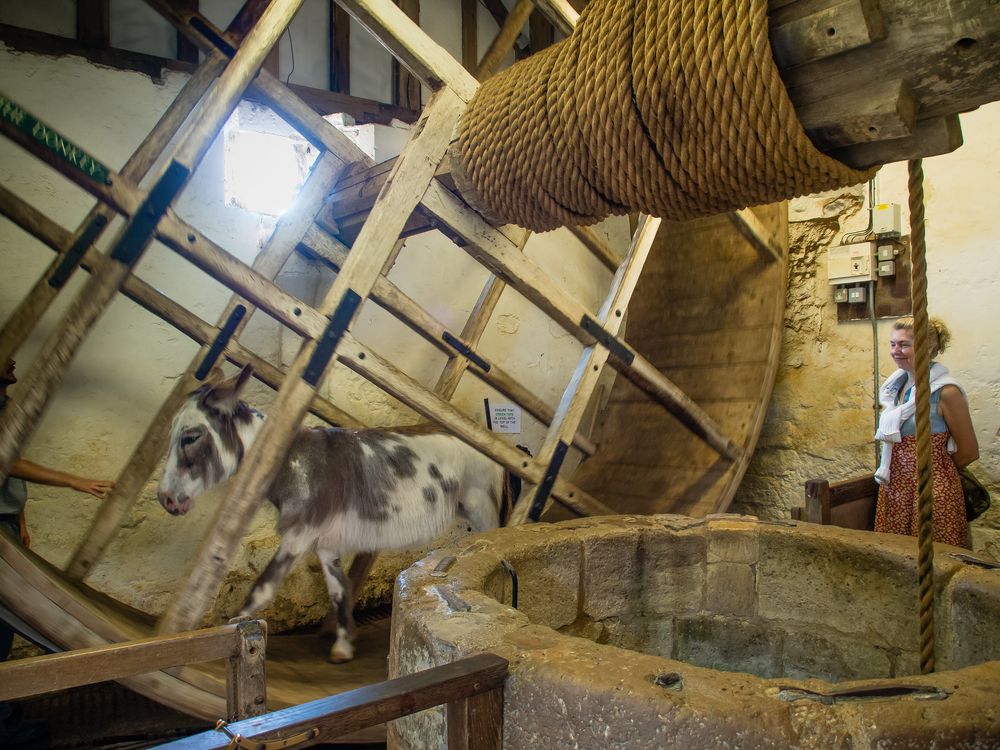After King Charles I of England surrendered to Scottish forces following his defeat in the English Civil War (1642–1651), he was captured and imprisoned at the Carisbrooke Castle on the Isle of Wight, where he remained for fourteen months. By the end of 1648, the Parliamentarian New Model Army had consolidated its control over England, and Charles was tried, convicted, and executed for high treason in January 1649. The place of his imprisonment, the Carisbrooke Castle, still stands and is a popular tourist attraction on the isle.
Carisbrooke Castle. Photo: Nick/Flickr
The Carisbrooke Castle was built sometime in the 12th century. Although it doesn't dominate the countryside like other castles do, Carisbrooke was a mighty military stronghold. It successfully defended a French attempt to capture the castle In 1377. Not only was it difficult for an intruder to gain entry, it was impossible for prisoners to escape, as King Charles found out during his 14-month-long imprisonment.
Carisbrooke is what is known as a “motte-and-bailey castle” with a stone keep situated on a raised area of ground called a motte, accompanied by a walled courtyard surrounded by a protective ditch and palisade. In the center of the castle enclosure are the domestic buildings, mostly from the 13th century, with upper parts dating to the 16th century. Some of the buildings are in ruins, but the mains rooms remain in good repair and they were used as the official residence of the governor of the Isle of Wight until the 1940s.
Many tourists who visit Carisbrooke Castle today do so just to see its well house, which is still operated by donkeys like in olden times. Built in the 1580s, the well house was the main supply of water for the castle. It had a huge oak wheel that would be turned to draw a bucket down to the water and back up again. The wheel is thought to be originally turned by prisoners. However, from the late 17th century, the job was performed exclusively by a team of donkeys, a tradition that continues till this day.
Photo: English Heritage
All the donkeys at Carisbrooke have names beginning with the letter 'J'. This tradition began when Charles I was a prisoner at Carisbrooke. When Charles I wrote letters he always signed his letters with a 'J'. So all the donkeys at the castle have had a name beginning with this letter. The current drove consist of Jack, Jill, Jigsaw and Juno.
Nowadays the castle donkeys provide demonstrations of the well house for visitors for only a few minutes each day, and spend the rest of their time grazing in the fields behind the castle or relaxing in warm stables.
Photo: Matt Brown/Flickr
Photo: Anguskirk/Flickr
















Comments
Post a Comment